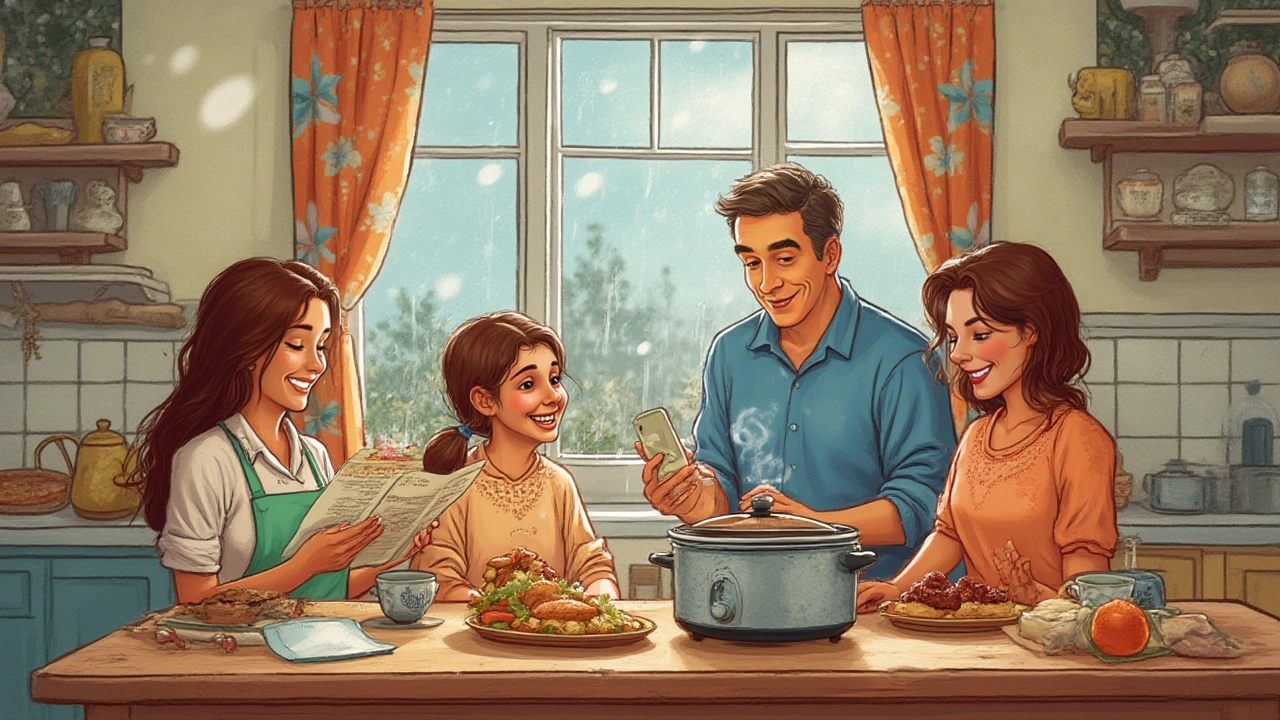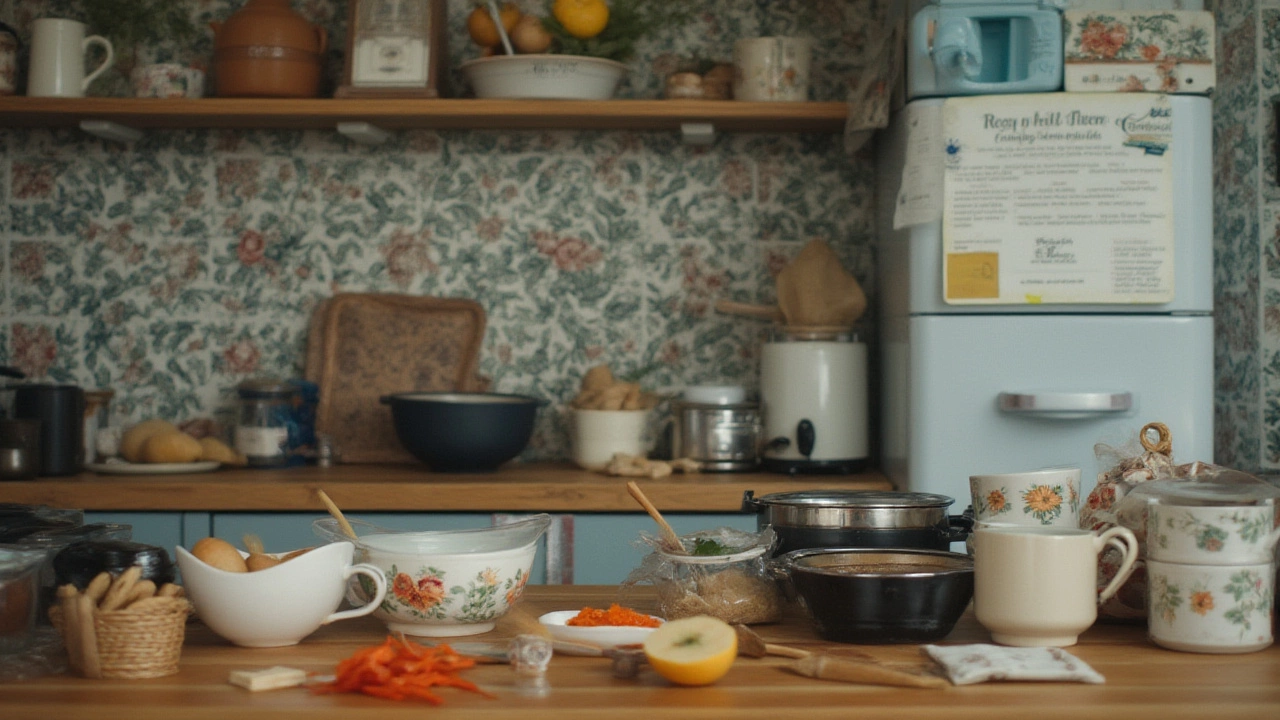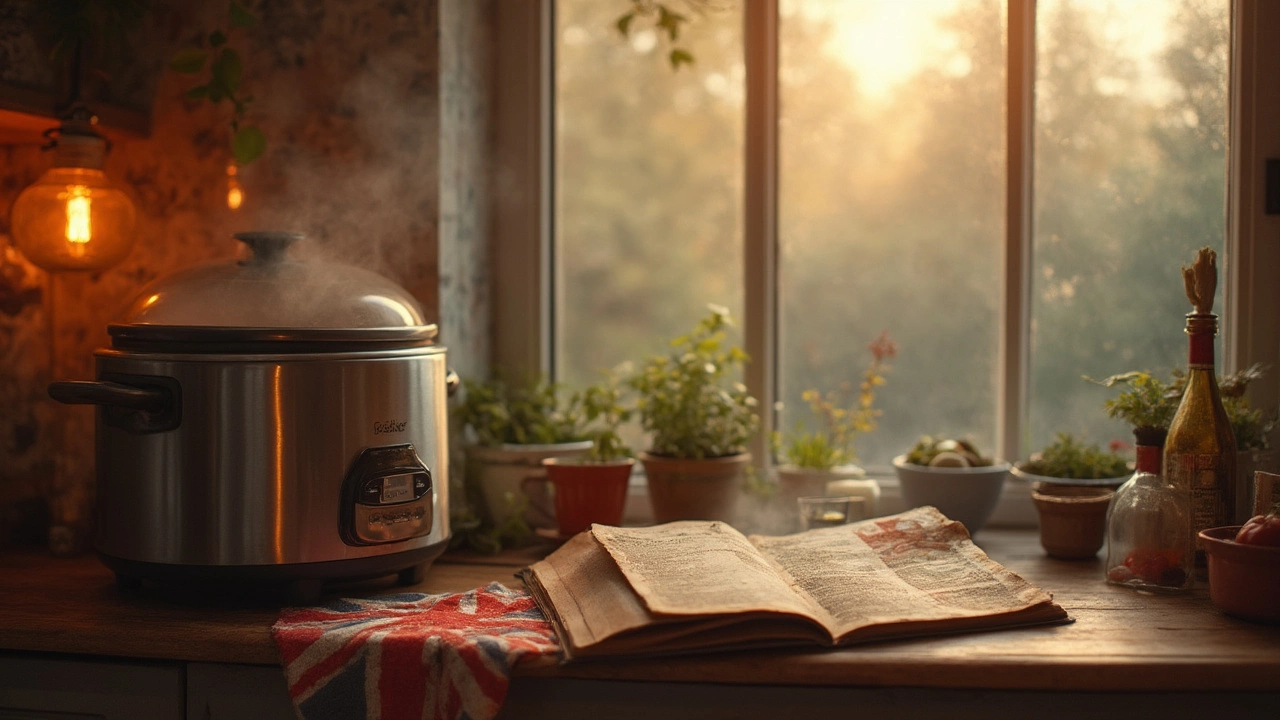Ever wondered if your slow cooker safety routine is truly on point, or whether you’re risking turning tonight’s stew into a science experiment? You’d think a slow cooker is basically foolproof: plug it in, dump in the ingredients, set it, get on with your day. But a little voice in the back of your head always wonders—can I really leave this thing running overnight? What if I’m away for work for 12 hours? Let’s get real about how long you can safely leave a slow cooker on low, and how to get the most from this kitchen hero without breaking a sweat or the law of food safety.
How Long is Too Long? Breaking Down Safe Slow Cooker Times
Slow cookers were built to go the distance. Most recipes say to let things bubble away on low for 6 to 8 hours. That’s the sweet spot for soft chicken, fall-apart roasts, and chili that tastes like you worked harder than you actually did. But here’s the kicker: most slow cookers are perfectly safe to run for up to 12 hours on low, and many models can stay warm for even longer. According to the USDA, food should stay above 140°F to keep bacteria at bay, and most slow cookers, when set up right, keep food well above this magic number the whole time. A study out of Kansas State University found that when set to low, modern slow cookers hit a safe holding temperature within two hours and maintain it during cooking.
Now for the twist—while your slow cooker doesn’t develop a mind of its own and go rogue after 8 hours, food quality does start to change. Vegetables get mushy, sauces thicken, and meat fibers eventually break down into a texture best described as baby food. So yes, you could let that beef stew chug along for 10, 12, or even 14 hours, but you might not want to eat the end result. That said, if you know you’ll be out a little longer, many slow cookers have programmable timers that switch from cook to “keep warm” mode automatically. Keep warm settings usually hold steady at 165–175°F, safe for food up to 4 additional hours.
Let’s break it down with a quick chart. Here’s a side-by-side on cook and hold times:
| Food | Recommended Low Cook Time | Maximum Safe Cook Time (Low) | Max Keep Warm Time |
|---|---|---|---|
| Chicken Breasts | 6–7 hours | 8–9 hours | 4 hours |
| Pork Shoulder | 8–10 hours | 12 hours | 4 hours |
| Beef Stew | 8–10 hours | 12 hours | 4 hours |
| Vegetable Chili | 6–8 hours | 10 hours | 3 hours |
The numbers above aren’t just for fun—they come from testing using real slow cookers and food thermometers. If you’re curious, most slow cookers on the market (Crock-Pot, Hamilton Beach, Instant Pot with slow cook mode) hit the USDA-approved temperature for safe slow cooking within two hours on “low.”
What Affects Safe Slow Cooker Times?
Not all pots are created equal, and neither are all recipes. A good rule: the bigger the meat and the fuller the pot, the longer it will take to reach the safe zone above 140°F. That’s why the USDA and appliance handbooks strongly suggest always thawing meats before adding them, and never packing the pot more than two-thirds full; you want the heat to circulate everywhere. Toss in too much, or crowd it with frozen blocks, and your dinner could spend dangerous hours in the “temperature danger zone” where bacteria like Salmonella and E. coli throw a party.
If you’re using chunks of beef or pork, don’t worry too much—these sturdy meats hold up well to longer cooking. But things change if you’re tossing in dairy (like milk or cheese), or more delicate seafood. Dairy can curdle if left on heat too long; seafood turns to rubber. Save these for the last hour of cooking, or add them during the “keep warm” phase if possible.
Power interruptions matter, too. If you lose power for 1-2 hours during the cooking cycle and aren’t home, experts suggest tossing the food just to be safe. It’s brutal, but food safety comes first. The USDA is clear about this: never taste test questionable slow-cooked dishes. If in doubt—and especially if the pot was off while you weren’t home—dump the food rather than risk illness.
Pot shape also has a say. Oval slow cookers heat more evenly and are better for roasts; round ones can sometimes overcook food faster on the edges. Age of the slow cooker matters, too: old models from your grandma’s era might not keep things hot enough. If your slow cooker is more than 15 years old, a digital thermometer check at the end of cooking is smart. Ideal is 190–200°F for stews and around 160°F or higher for most other recipes.

Making the Most of Your Slow Cooker’s Timer and Features
Did you know recent slow cooker models have as many features as your phone? Timers are your best sidekick if you need to leave in the morning and won’t be back till dinner. Set it to cook for, say, eight hours, and then have it switch to "keep warm" when the program ends. This is hands down the easiest way to tackle long workdays or those soccer-practice-then-grocery-store marathons.
If your slow cooker lacks a built-in timer, cheap outlet timers from the hardware store will do the trick. Program your slow cooker to turn off after the set time, then back on to “keep warm,” if your model supports it. Be careful, though—if your power cuts out, older units can sometimes default to “off” and won’t resume your schedule.
It’s tempting to “set and forget,” but here’s a good tip: check the manual for your model’s specifics. Some “low” settings are hotter than others. Crock-Pot and Hamilton Beach say their low settings are tailored for 200°F, but others can run slightly cooler or hotter. If you’re serious about food safety and flavor, invest in a simple probe thermometer. Stick it in the thickest part of the cooked meat just before serving. If it’s above 160°F and the sauce isn’t drying out, you’ve nailed it.
If you want to prep dinner the night before, assemble all the ingredients in the insert, refrigerate it overnight, and then pop it into the slow cooker base in the morning. Never start the pot with cold from the fridge, though—let the insert and food come up to room temp for 20-30 minutes. That helps avoid the danger zone where bacteria grow.
Tips for Safe and Flavorful Results—Every Time
Success with slow cooking isn’t just about cooking times; technique makes a difference. Here are some chef tricks for perfect results without sacrificing safety or taste:
- Always cut large chunks of meat into smaller pieces for even cooking.
- Brown meat in a skillet before slow cooking to add flavor and ensure bacteria are gone from the surface.
- Layer vegetables like potatoes and carrots on the bottom, as they take longer to cook.
- Don’t lift the lid to peek unless you have to; every time you do, you add 20-30 minutes to the cooking time because of heat loss.
- Add fresh herbs, sour cream, or dairy in the last 30 minutes for best results and no curdling.
- For best safety and texture, don’t use frozen meat—always thaw first.
- If you’re not eating right away, transfer finished food to shallow containers and fridge within two hours.
- Consider adding acidic ingredients—tomato sauces or vinegar slow bacterial growth and make dishes punchier in flavor.
- Avoid overloading the slow cooker. Stick to no more than two-thirds full, so heat circulates well.
If you’re worried about food drying out over long periods, aim for recipes with a fair amount of liquid. Braises and soups are ideal; dry-cook recipes usually need more babysitting.
One more bonus fact: the first hour in any slow cooker is all about getting your food to the safe 140°F threshold. After that, you’re basically coasting. If you’re even a bit paranoid, try reheating leftovers in a microwave or on the stove instead of keeping them in your slow cooker on warm for too long. Food safety sticks to the two-hour rule—if food’s left out at room temperature too long after cooking, the risk goes up quickly.

Facts and Numbers: Just How Safe is Slow Cooking?
Slow cookers are among the safest kitchen appliances—just don’t treat them as totally bulletproof. According to the National Fire Protection Association, slow cookers are the source of fewer than 1% of all house fires related to kitchen appliances. Most fire departments say that leaving a slow cooker on while you’re at work or asleep is considered low risk, as long as it’s sitting on a heat-proof surface and kept well away from walls or flammable objects.
Most slow cookers keep food between 170°F and 280°F on their "low" and "high" settings. Here’s a handy table with slow cooker facts you might want to drop at your next dinner party:
| Fact | Data |
|---|---|
| Average safe low setting temp | 190–200°F |
| Average keep warm temp | 165–175°F |
| Max recommended cook time (low) | 10–12 hours |
| Average time to reach safe 140°F | 1.5–2 hours |
| Annual house fires caused by slow cookers | Less than 1% of small appliance fires (U.S.) |
| Lowest safe internal temp for cooked food (USDA) | 140°F (hold), 160°F (most meats) |
To sum it up: as long as your slow cooker is in good working order, you’ve filled it right, set it for a reasonable amount of time, and followed the right techniques, you can safely run it on low for up to 8 to 12 hours. Go beyond this and your food will probably survive, but the flavors and textures might not. Those programmable timers and keep-warm features make modern slow cooking even more foolproof, so don’t be afraid to let your slow cooker do the heavy lifting when you’re out conquering your day.

